Driving and All the Exams Posted by Karoly Molina on Aug 26, 2015 in Culture
I previously wrote about my latest integration project consisting of getting my Dutch driver’s license. Everyone I have spoken to seems pretty surprised that someone who already knows how to drive and has a driver’s license needs to take some classes and the exam all over again. While I share their surprise, I also think that I have learned valuable information about driving that I did not have before. One of the most important driving skills I am learning is the interaction with bikes. Even with separate fietspaden in most areas, I will admit that it takes some getting used to. Checking my blinde plek before turning has taken a whole new degree of importance!
The theoretical driving exam with the CBR really prepares you with bike interaction and safety. While there are a variety of questions and topics, fiets-auto situations are shown and the driver must choose in some questions who has prioriteit or in some other questions if he/she should remmen, gas loslaten, or niets doen.
Take the following photographs as examples. If you were driving and see this situation, what would you do, remmen, gas loslaten, or niets doen?
(LET OP! The actual theoretical exam as well as the study material gives you more information for each situation such as speed of the car and signals if the car will turn. These photographs are merely meant to give an idea of what situations the exam asks about.)
Another important learning experience has been to understand road signs. The basic groen-oranje-rood stoplicht is pretty similar to my previous experience; I would even dare say that it is universal. However, there are other signs that are not universal. Here are some examples:
This sign indicates that the road you are on has priority over the roads crossing it, therefore you do not have to give them way.
This following photograph has two signs. The blue one indicates that it is a dead end, however, below the blue sign it says that this signs doesn’t apply to bikes. The round red sign indicate that the maximum width of a vehicle that can go in this road is of 2.2 meters.
What has been your experience driving in the Netherlands? Do you find many differences with other countries?

Build vocabulary, practice pronunciation, and more with Transparent Language Online. Available anytime, anywhere, on any device.
About the Author: Karoly Molina
Since I was a little girl, I was fascinated with languages and writing. I speak English, Spanish, Italian, Dutch and a little bit of French. I am a writer, reader, language teacher, traveler, and a food lover! I now live in The Netherlands with my husband Riccardo, our cat Mona, and our dog Lisa, and the experience has been phenomenal. The Dutch culture is an exciting sometimes topsy-turvy world that I am happily exploring!



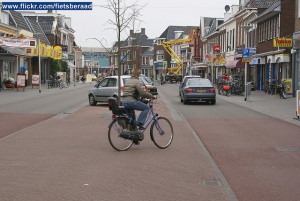
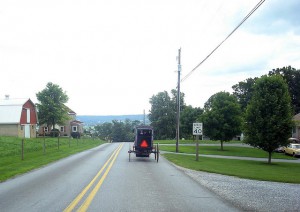
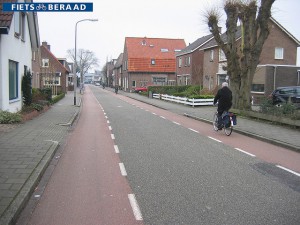
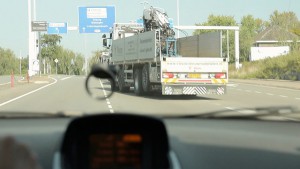
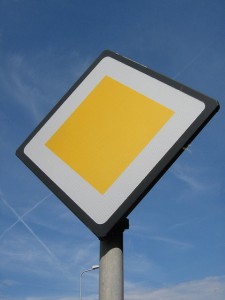
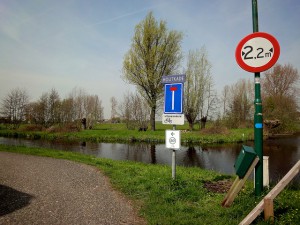

Comments:
Simon:
I found it ridiculous that I had to spend aprox 1000 euro to change my Australian drivers license to Dutch. I ended up in France and it only cost me 23 euro…
Karoly G Molina:
@Simon Hello Simon! The cost thing has me baffled too! My parents taught me to drive in the States (it’s allowed) and having to pay that much for driving classes is a bit of a shock. In my case, there wasn’t much I could do so I’m just paying my classes 🙂